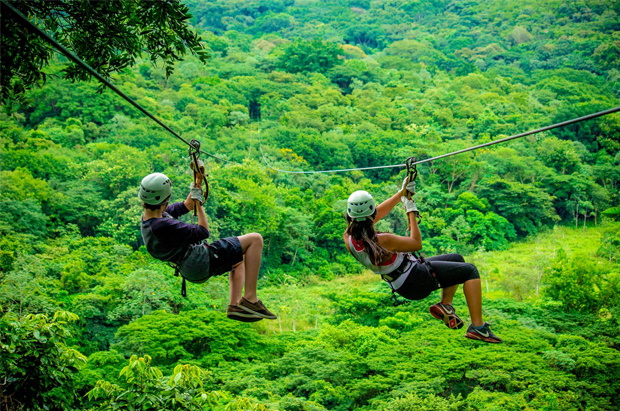As of Sunday, November 1st, Costa Rica has opened the borders to tourists from around the world arriving by air or sea (in authorized marinas), subject to visa restrictions for a few countries.
For passengers arriving from the United States, Canada and Europe, the negative PCR test result is no longer required. All passengers are still required to complete the digital epidemiological form issued by the Ministry of Health and have adequate internation travel medical insurance covering each person for the duration of their stay including coverage for CoVid-19.
For residents and for those with a valid DIMEX card showing residency, the insurance requirement is waived provided they can show their Social Insurance (Caja) is paid and current. For those residents who are owing payments or have an expired account, they will be required to pay for travel insurance coverage for 22 days and need to update their payments for their Caja during that time. Residents or Nationals who owe money to the Caja will be required to self isolate for 14 days upon arrival. Tourists are not subject to quarantine.
Costa Rican citizens and legal residentsare also allowed entry from Nicaragua and Panama as of November 1st, passing through legal immigration border stations.
While the reopening of the country to tourists from around the globe is important for the Costa Rican economy, the reality is that tourism is not expected to rebound to last years levels for quite some time.Last year over 2.4 million tourists entered the country by air.
According to Gustavo Segura, Minister of Tourism, much depends on situations outside of the control of Costa Rica. If the pandemic situation improves it could recover in two years but as long as the world lives in a pandemic and there is a significant degree of fear of travel, it will take between 3 and 4 years to reach those numbers.
With the borders closed to international tourists since March 19th, Costa Rica experienced a 63.4% decrease in in tourist arrivals between January and September of this year and the same time frame the previous year.
Many countries are increasing restrictions on travel due to a rise in the number of cases. Australia and New Zealand currently have banned all overseas travel and only residents are allowed to enter. Many countries have a 14 quarantine for those returning from foreign countries.
Another issue for tourists is what happens if their home country changes their restrictions while they are on vacation. People could return home to find increased restrictions on flight arrivals, or additional quarantine restrictions and added expenses. One of the key concerns for those planning trips to Costa Rica are the additional costs of medical insurance, higher flight costs, and constantly changing restrictions on travel within Costa Rica.
According to the official travel.gc.ca website it currently warns Canadian travelers to Costa Rica:
- Preventative measures and restrictions are in place, including strict vehicular traffic restrictions
- Avoid crowded areas
- You must wear a face covering in public
This is followed by a link to the Ministerio de Salud website showing 109,971 confirmed Covid-19 cases as of Saturday October 31st. A link to the Costa Rican Tourism Board might be more welcoming.
Until the world sees a decline in new cases or an effective treatment is accepted, the reality is we can expect to see a drastic decline in tourism, at least for the upcoming tourist season. The sooner the better for all.










